This isn’t the first time hearing someone ask, “does SSD need power? You see, the thing is, the buzz around the solid-state drives is loud. And it’s easy to see why they’re the storage device for the foreseeable future.
Things have changed a lot about SSDs over the years. And it’s challenging to keep up with the news around the solid-state drive market.
But now that you’re here, you won’t miss any critical news or answers to questions regarding storage devices. Here’s what you need to know about solid-state drive’s power requirement. Does it require power? Let’s find out.
Does SSD Need Power Like Hard Disc Drives?
The answer is yes. Solid-state drives need power to function. The form factor doesn’t matter – M.2 SATA, 2.5 SATA, or NVMe; all solid-state drives need power.
SSDs’ power needs are minimal, unlike hard disc drives. HDDs use more power than SSDs.
Can SSDs Operate Without Power?
Unfortunately, a solid-state drive won’t function if you don’t connect it to power and turn it on. Understand that solid-state drives are data storage devices that utilize flash memory for data storage.
Power must be available before you can write on the SSD. In other words, you must ensure you connect the device to a power source.
When you write on a powered SSD, your data will remain intact even when you shut it down. But keep in mind that you must power the drive before writing on it.
Why does solid-state drive use electric current to write data? The reason is simple. Firstly, that’s how they are designed to operate. The electric current changes the state of the storage device’s transistors, making it possible to write on it.
When the power goes off, the capacitors do their jobs by retaining the data. So you can see the way solid-state drives work. They cannot function without power.
Do External SSDs Need Power To Function?
External solid-state drives need power to work. They boast electronic components that need electric current to function.
Solid-state drives boast diverse brands and models. And each SSD brand or model’s power needs vary. While some brands may require more power, others may require less. But the major point is that all solid-state drives use less energy than hard disc drives.
The main point is external solid-state drives require power to function. In addition, they use less energy.
When inserted into the USB port, external SSDs get powered up. And the power generated via the USB is enough for them to work.
Two types of SSDs exist. These include the external and internal solid-state drive. The external SSDs are portable and compact. Thus, they consume less power.
Internal solid-state drives are the direct opposite. They’re installed in the computer and use more power than external drives.
Do Internal SSDs Need Power To Function?
Like external drives, internal drives also need power to function. Both boast components that need the power to run.
Unlike external SSDs, internal solid-state drives are installed within the computer. Within the internal SSDs, the connectivity differs.
Consider the internal solid-state drive form factors – M.2 and 2.5 inches form factors.
The 2.5″ form factor boasts a similar shape as the traditional hard disc drive and is connected via SATA cables. It uses two SATA cables, one for data transfer while the other powers the drive.
The connectivity process isn’t the same for the M.2 form factor. The M.2 is the standard storage device used in notebooks and slim laptops. It’s so tiny that you can describe it as a stick of gum.
The M.2 is a breeze to install on the system. And they don’t require wire connectivity. In other words, the M.2 connects directly to the system’s motherboard via the PCIe.
In plain terms, the PCIe slot provides power for the M.2 form factor solid-state drives.
How Much Power Do SSDs Need To Function?
Several factors determine how much power solid-state drives require. These include the form factor, brand type, and if the SSD is working or idle.
Power draw and peak power are two metrics used when evaluating how much power an SSD uses. Peak power can reach 5-7 watts. But in an idle state, an SSD’s power consumption becomes lower. It can be as low as 0.025 watts.
The form factor affects how much power your solid-state drive consumes. SATA, NVMe PCIe SSD, and mSATA will require diverse power consumption.
Here is how power consumption differs from one form factor to another. SATA’s maximum power consumption is below 4 watts.
On the other hand, the low-end NVMe boasts 3.5 watts, while the higher-end boasts 8.5 watts or more.
Another thing to consider is whether the SSD is idle or working. If it’s idle, it will only use up less power. Let’s say you’re playing a video game or doing a heavy task; the SSD will consume more power. That’s how it works.
Do SSDs Require Power To Retain Data?
You need power to write data on an SSD, but you don’t need power to retain data already stored in the solid-state drive.
In other words, disconnecting your solid-state drive from power won’t result in instant data loss. So, feel free to store data in your SSD, but don’t store it there for too long.
A Handy Tip: Solid-state drives may lose their data over time, depending on the drive’s age and technology. But that is not why you shouldn’t store data in your solid-state drive for too long.
In plain terms, HDDs are a better option to archive data. But then, this doesn’t mean SSDs do a terrible job storing data. Data stored in solid-state drives can remain intact for 2-10 years.
Does SSD Consume Less Power Than HDD?
Solid-state drives are more power efficient compared to HDD. Power efficiency is one of the features that set them apart.
SSDs are power efficient because they don’t have moving parts like hard disc drives. Having no moving parts makes it possible for them to use less energy.
An average solid-state drive may require 2 to 5 watts of power, while the same hard disc drive will require 6 to 15 watts, so you can see the massive variation between both drives.
Factors Contributing To SSDs Power Consumption
Several factors dictate the amount of power an SSD will consume. Let’s take a quick look at them.
1: The number of channels the SSD has:
How many channels does your drive have? Please note that the more channels a drive has, the higher its power consumption.
Each channel on a drive is responsible for data transfer and requires power for that to happen. In other words, each channel requires power for data exchange between the computer and drive.
The good thing is that increased power consumption results in faster data transfer. That’s how it works.
2: NAND flash memory used in the drive:
The solid-state drive’s technology plays a key role in how much power it will consume. Note that MLC (Multi-level cell) boasts high write requirements. And what’s more, it’s denser and cheaper. Thus, drives in this category are at the consumer level. They use up more energy.
On the other hand, there is the SLC. The SLC’s power requirement for writing data is low because fewer levels are involved in the triple-layer cells than dual ones.
The SLC’s low energy consumption makes them a wise choice for enterprise-grade drives.
3: The kind of SSD controllers used:
A solid-state drive that boasts a complex controller will require more calculations. This drive type will also require high-end components to enable everything to run smoothly.
Furthermore, the high-end components and smooth operation makes the drive power efficient.
4: How much data is the SSD reading and writing:
The volume of data an SSD reads and writes impacts its power consumption. Energy consumption will be higher if the drive experiences high activity during peaks.
The reverse is the case when the driver experiences less traffic, and you store fewer data.
Conclusion
So does SSD need power to function? In other words, does it need power to read and write data? The answer remains yes. Whether internal or external, all solid-state drives need power.
Drives boast electrical components which require power to work. By the way, drives don’t use batteries, so they need power to function.
Power consumption varies from one drive to another. It varies from brand to brand, and other factors play a key role. These include the volume of data the SSD is reading and writing, NAND flash memory, the kind of controllers, and the number of channels.


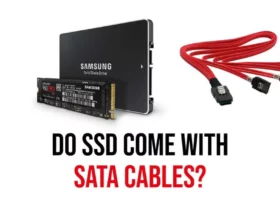
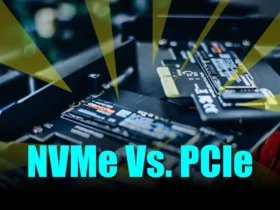
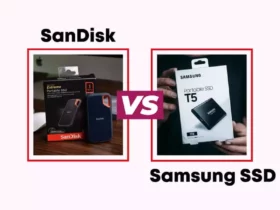
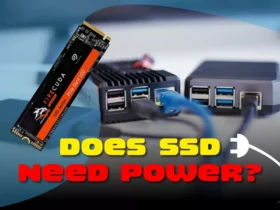
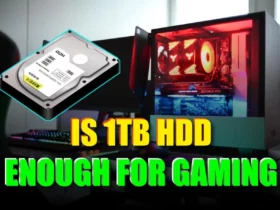
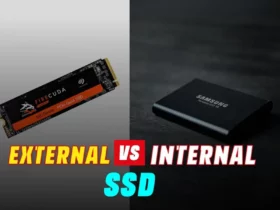
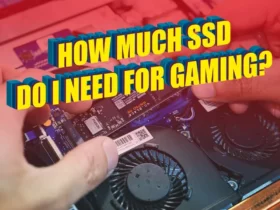
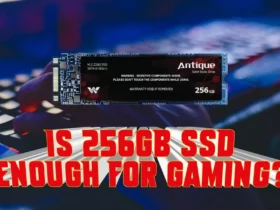
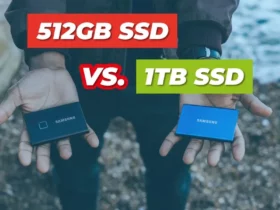
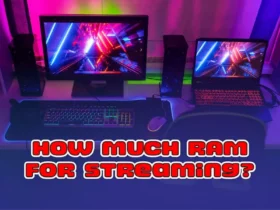
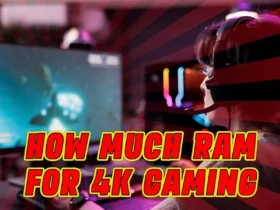
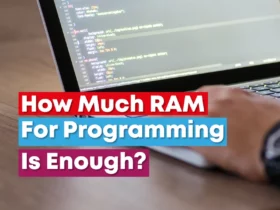

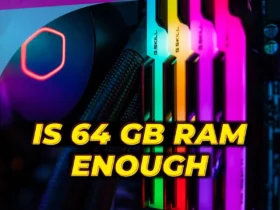
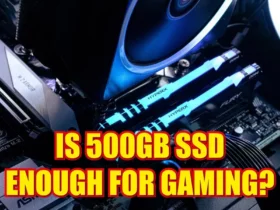
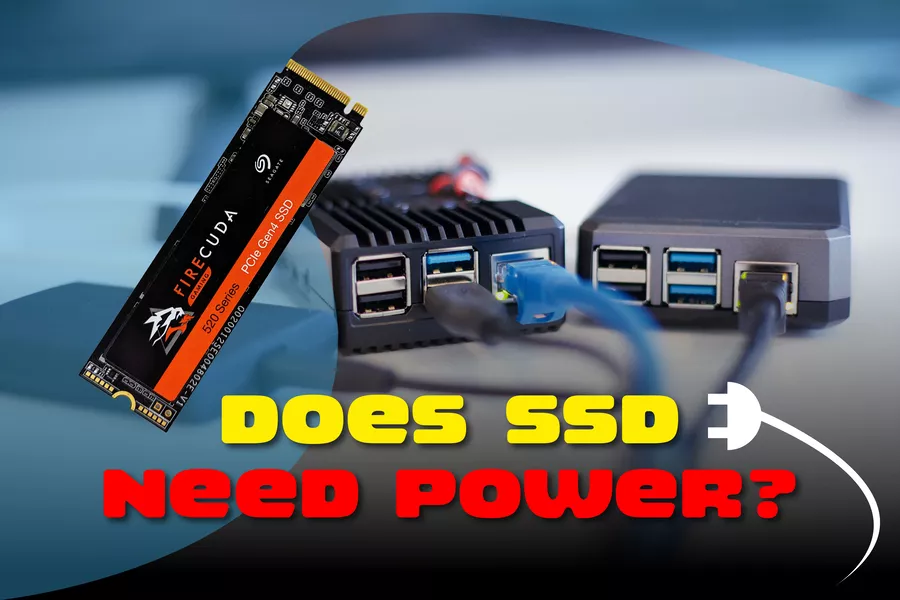
Leave a Reply